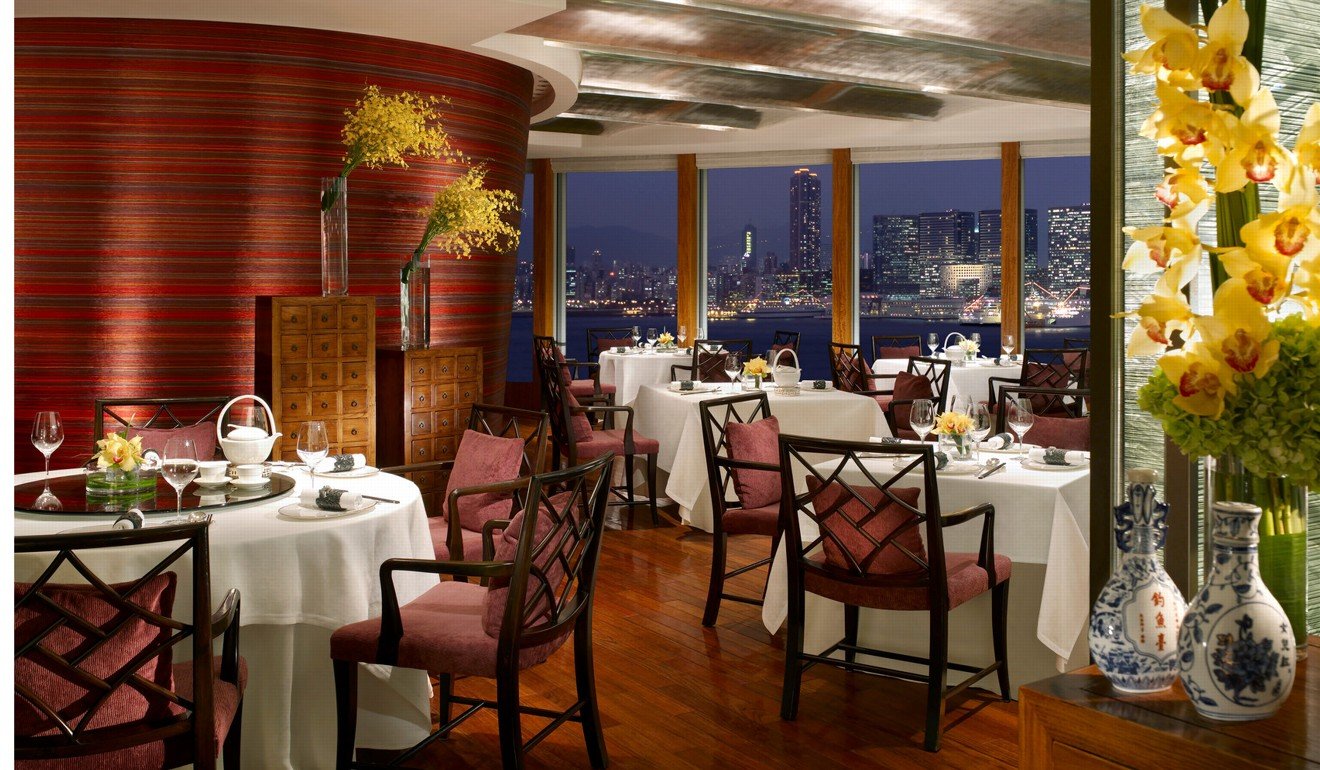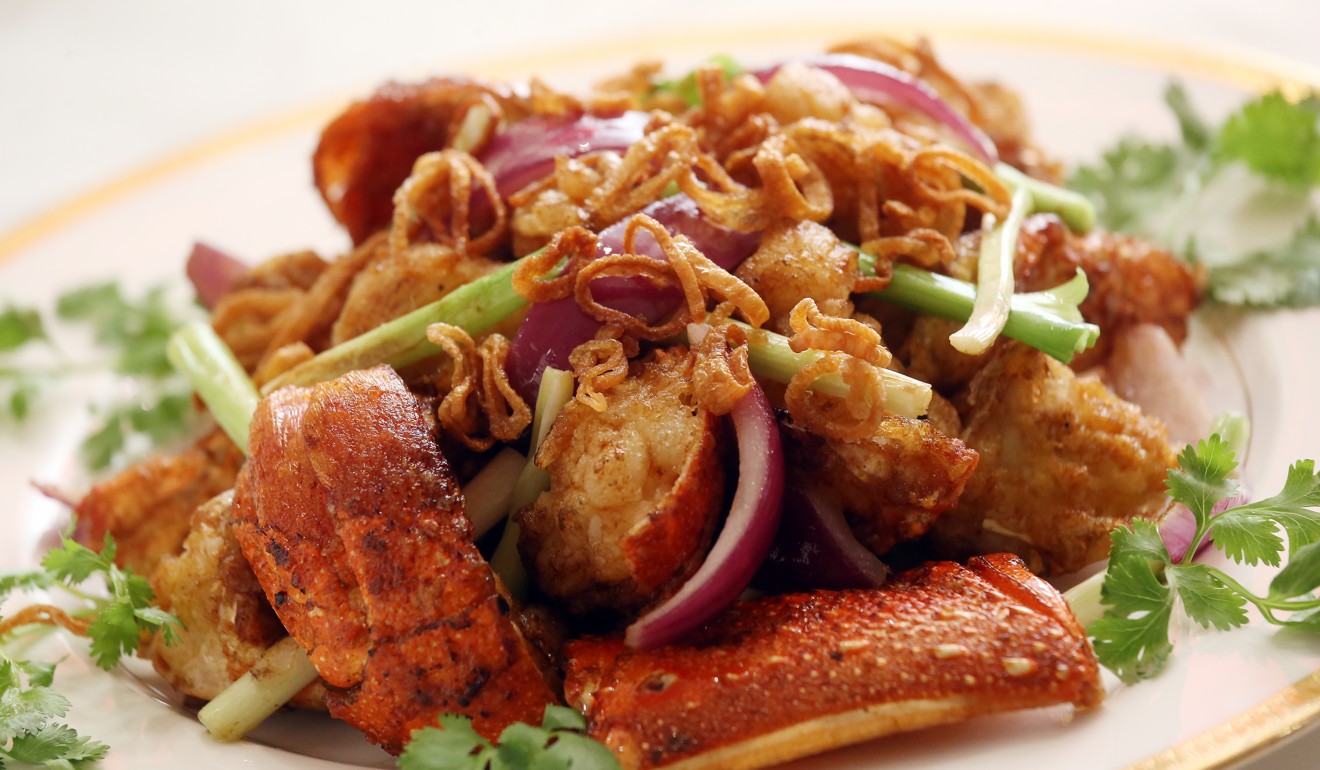
Michelin’s new Cantonese food guide: useful or a culinary cash grab?
- Michelin is promoting a new guide that collates restaurants by cuisine
- The Cantonese guide includes restaurants that aren’t even worthy of a Bib Gourmand or a star
I recently met chef Brandon Jew of Mister Jiu’s in San Francisco, who was in Hong Kong to collaborate with Ho Lee Fook’s Jowett Yu. Jew was only in town for a few days, but told me that he would be in Guangzhou, China in November for a Michelin event.
My ears perked up wondering what that was about, as the Michelin group didn’t give any inkling what was happening.
New Michelin New York guide awards stars to 76 restaurants
It turns out Jew, whose contemporary Chinese-American restaurant has one Michelin star, was in the southern Chinese city to help Michelin promote a new guide that pulls together the best restaurants in the world by cuisine.
First up: Cantonese cuisine, which originates in southern China.

The event to release The Michelin Guide to Fine Cantonese Food was held in Guangzhou on November 13 – without letting media in Hong Kong know.
For Singapore’s restaurants, no three-star Michelin ratings
The international dining guide has always been known to rate restaurants according to the city they are in, but now this latest one focuses more on promoting a cuisine.
“The Michelin Guide is now acclaiming, internationally, Cantonese gastronomy, which enjoys a worldwide reputation and is appreciated both in Asia, Europe, North America and in the Pacific,” Gwendal Poullennec, international director of the Michelin Guides, was quoted as saying in the Michelin blog.
A total of 291 restaurants have been featured in the Cantonese guide: 78 of which are starred restaurants; 69 of which are from Asia. The top four restaurants with three Michelin stars are Lung King Heen at the Four Seasons Hong Kong; T’ang Court at the Langham Hong Kong; The Eight at the Grand Lisboa Hotel in Macau; and Le Palais in Taipei.

Included in the list are 62 Bib Gourmand restaurants – establishments that are recommended, but aren’t good enough for a star – and 151 restaurants that are awarded what’s called a “Michelin Plate” – a lower rating than a Bib Gourmand. If these 151 restaurants aren’t even eligible for a Bib Gourmand, let alone a Michelin star, why even mention them in a supposedly prestigious guide that’s supposed to recommend the best of the best?
It seems like Michelin is yet again desperate to capture the interest of local gourmets like it did back in 2016, when it included a list of places to eat street food in Hong Kong.
Many of the listed places ranged from very new venues to decades’ old restaurants, such as Kung Wo Tofu in Sham Shui Po and Kai Kai in Jordan, while others weren’t even “local”, like Butcher’s Club, that serves hamburgers and Kelly’s Cape Bop, that’s Korean.

So, now with The Michelin Guide to Fine Cantonese Cuisine, does this mean we’ll see guides for French, Italian, Japanese and American food?
One wonders how thick the French cuisine one will be.

